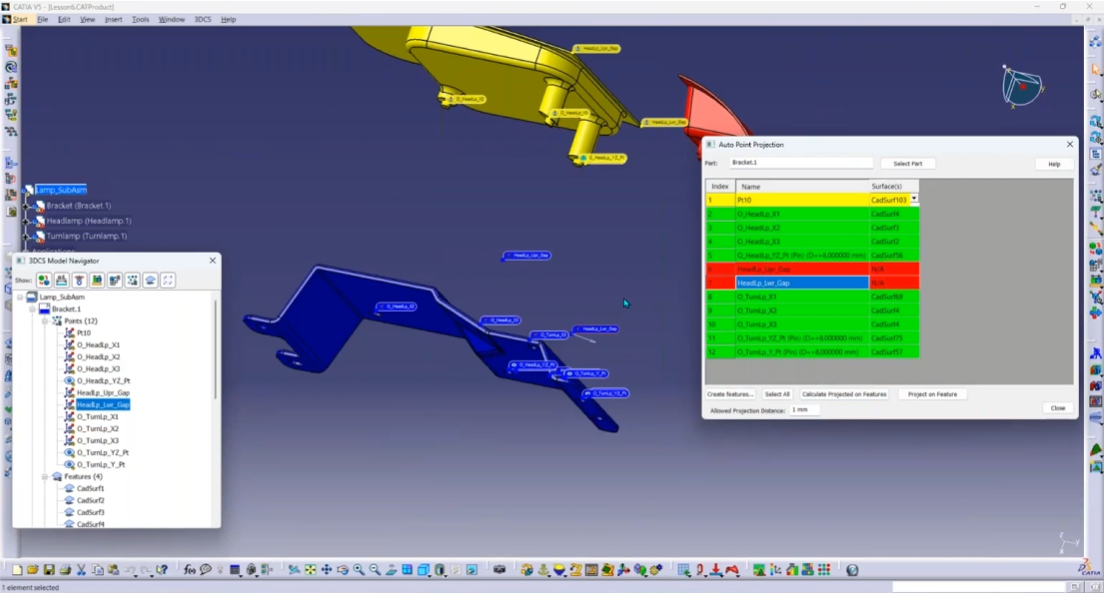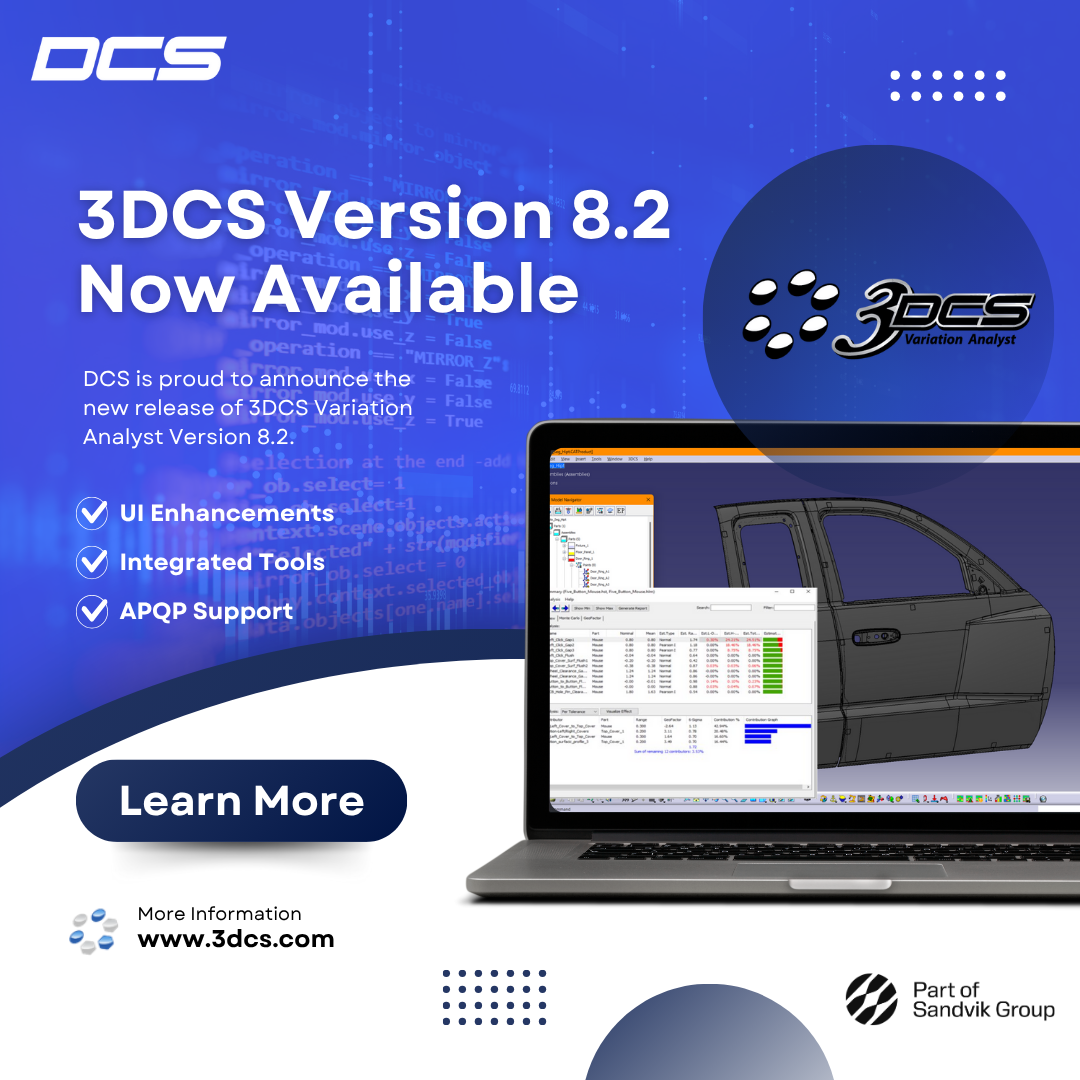Mr. Herrmann, how would you sum up the benefits of simulation driven design?
 Simulation driven design (SDD) lets engineers determine whether a component will be able to fulfill its function – and it gives information while they are still in the early stages of development. You can evaluate different variants, weigh the pros and cons and then select the best solution – “best” in terms of cost effectiveness, or quality, or tolerances, depending on the requirements. The decisive key aspect is timing: The earlier you can conduct and optimize your simulation, the less you have to spend on making the changes that result from it. Once you’ve set up the installation facility, it’s expensive or outright impossible to generate variants.
Simulation driven design (SDD) lets engineers determine whether a component will be able to fulfill its function – and it gives information while they are still in the early stages of development. You can evaluate different variants, weigh the pros and cons and then select the best solution – “best” in terms of cost effectiveness, or quality, or tolerances, depending on the requirements. The decisive key aspect is timing: The earlier you can conduct and optimize your simulation, the less you have to spend on making the changes that result from it. Once you’ve set up the installation facility, it’s expensive or outright impossible to generate variants.
The earlier you can conduct and optimize your simulation, the less you have to spend on making the changes that result from it. Once you’ve set up the installation facility, it’s expensive or outright impossible to generate variants.
What’s the best way to make use of simulation driven design?
It’s best to use SDD at the earliest stage possible, ideally as early as the concept phase in which you determine the basic geometry. The next step is the actual design phase in which you optimize the individual parameters. Up to this point, designers have usually focused on the individual component exclusively. Now they have to assess and verify whether this component will work together with other components. Next, they use additive manufacturing processes to conduct a first practical geometry test – without the high costs of conventional prototyping. Now the designers can make changes, e.g. modifying wall strengths to avoid problems during production. And then they move on to the actual production process, which in many instances can be simulated as well.
Product Development Process with or without Simulation Driven Design
How and where does SDD help the designer?
The designer has to observe the constraints imposed by material and production requirements – and of course the component must be able to fulfill its intended function. Here a major concern is rigidity. Without software-based assistance, the designers have to rely exclusively on their knowledge and experience. SDD, on the other hand, can help designers define the right geometry for the component. It gives them plenty of leeway, but they need support from SDD to make use of this freedom. Ideally, all they need to do is define the installation space, the points of connection to other structures, and the relevant loads. On this basis, the software then calculates the optimal geometry.
Alternatively, the designer can rely on model-based system engineering to define and optimize key parameters even without geometry data. This form of simulation comes in at a higher level of abstraction. Based on a draft system, it analyzes the basic functions of a machine which depend on various parameters. These might be the key characteristics of a drive unit, such as performance at a specific engine speed. Model-based system engineering helps the designer define and optimize these key parameters.

System Engineering Process SDD inclusively
Read the Complete Article to Learn More
Find the complete article on the CENIT blog at: http://www.cenit.com/en_EN/newsroom/article/news/simulation-driven-design-for-mid-sized-companies-796.html







No Comments Yet
Let us know what you think